When developing business and services using the Internet, it is extremely important to understand the points of contact with interested users. Collecting and analyzing the behavior of users who have shown interest on websites and apps will greatly contribute to expanding the scale of your business and services.
By using Google Analytics, which we introduce in this article, it is possible to analyze and collect detailed information about user behavior on websites and within apps. Google Analytics can be said to play an important role in supporting today’s business and service markets.
This time, we will introduce an overview of Google Analytics and the differences between the newly introduced GA4 (Google Analytics 4 property) and the previous type, Universal Analytics (UA).
Google Analytics is a leading access analysis tool.
Google Analytics is a tool provided by Google. The service started in 2005, and its main focus is access analysis. This is a revolutionary analysis tool that anyone with a Google account can use for free.
Google Analytics allows you to check and analyze the access status of users who actually visit your website from various perspectives. Detailed and valuable user data on the website, such as page visits, browsing history, achievement rate of target results, advertising effectiveness, etc., is collected from user behavior within the website, and can be analyzed and confirmed. Masu.
For example, if you can understand the age and gender of users who frequently visit your website, as well as the products and services that are popular and attract attention, the number of touch points with users will increase significantly. The collected data can be used to set the structure of a website and contribute to the creation of a foundation for new marketing measures.
By collecting a variety of detailed user data on websites and utilizing it for the development of Internet business, it becomes possible to introduce new measures and appropriately deal with problems that require improvement. Marketers can benefit from many benefits and develop their businesses with freshness.
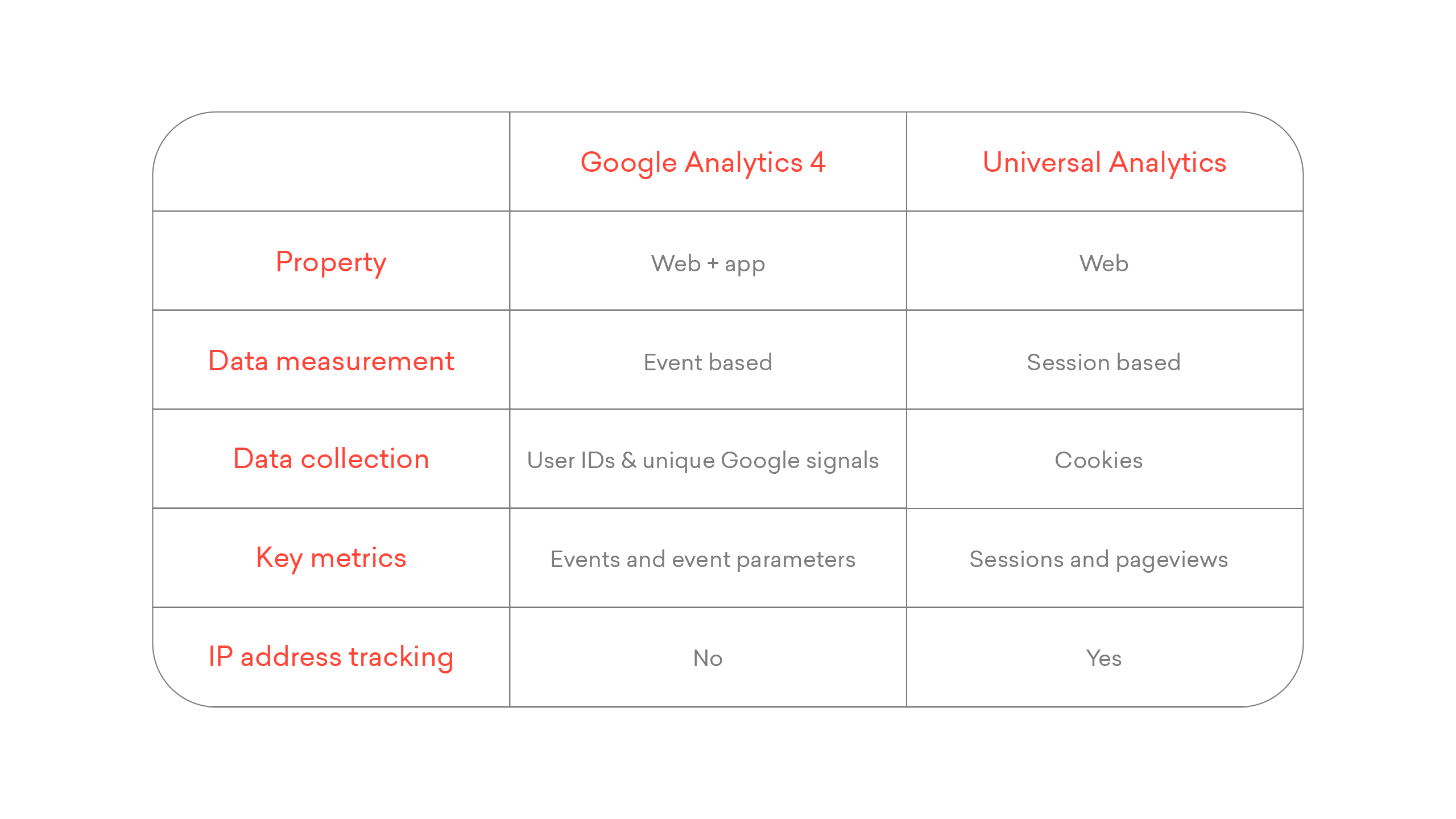
What is GA4 (Google Analytics 4 property)?
As mentioned above, Google Analytics has the ability to check and analyze the access status of users visiting your website from various perspectives.
If you dig a little deeper into Google Analytics, you will find that Google Analytics can be divided into two types: Universal Analytics (UA) and Firebase Analytics. Before introducing GA4 (Google Analytics 4 properties), it is important to have a simple understanding of UA and Firebase Analytics, so I will introduce the two types first.
Each has its own characteristics, such as UA being able to measure user behavior data on websites, and Firebase Analytics being able to measure user activity on mobile apps.
You must use separate properties to measure user activity on your website and on your mobile app, and you must manage and review measurement data separately. However, by using the newly introduced GA4, it is now possible to consistently process user activity data on websites and apps, something that was considered difficult until now. Additionally, users across multiple devices can be measured as one user.
To put it simply, GA4 is a new version of Google Analytics that has been significantly upgraded by integrating the previous type of UA and “Firebase Analytics.”

Differences between GA4 and UA/Universal Analytics
Whether you are using Google Analytics for the first time or are already using Analytics data measurement, it is important to understand the differences in functionality between the latest version of GA4 and the existing UA. This is a very important element as it has various effects on the service.
From here, we will introduce the most important differences between GA4 and existing UA.
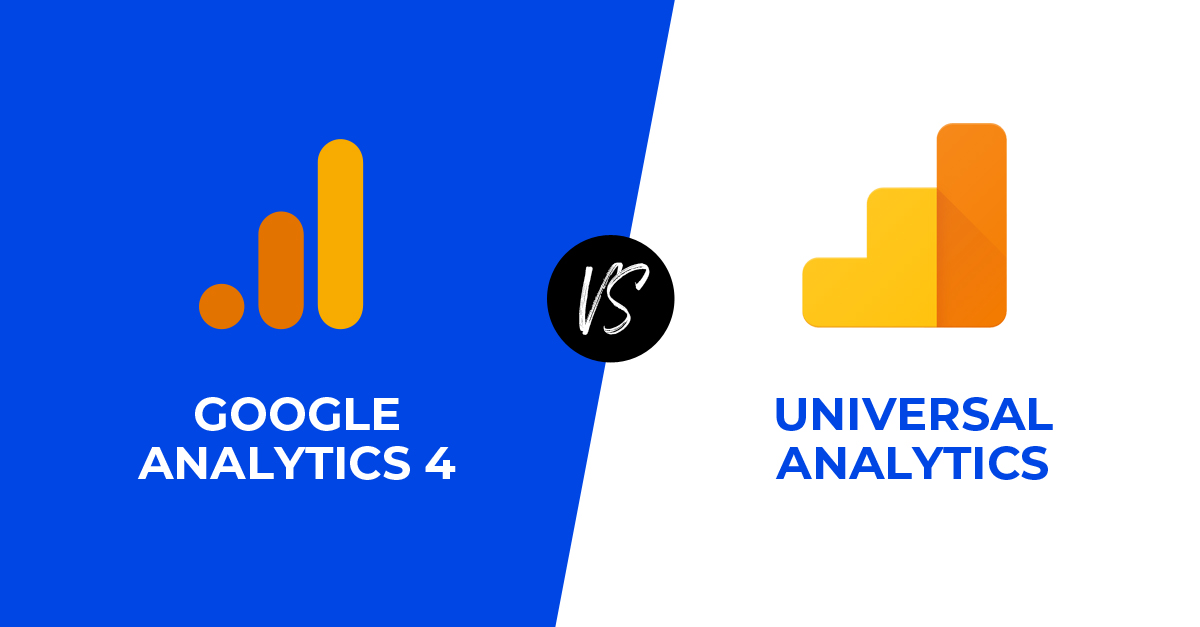
Differences regarding measurement
The first major difference is a new way of collecting and storing user data. GA4 now offers a number of data collection benefits. UA uses a session-based model to measure user interactions within a specific time frame. On the other hand, GA4 adopts an event-based model that processes each user interaction as a single event.
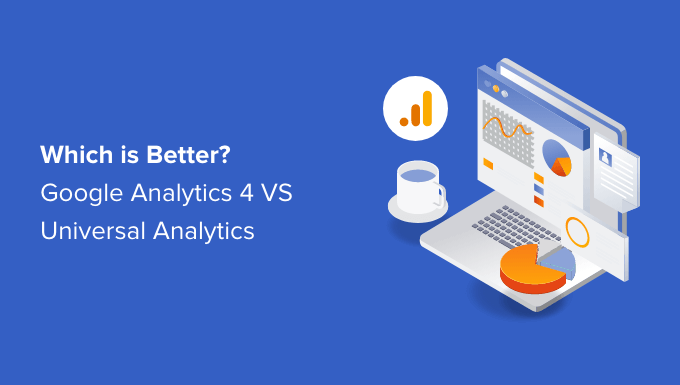
What is a session-based model?
UA groups the user data it collects into sessions, and these sessions are actually the basis for all reporting. “Session” means a series of User interactions that occur on the Website during a specific period of time.
UA is characterized by collecting and storing user interactions such as page views, events, and e-commerce transactions as hits. Also, a single session may contain multiple hits depending on how the user interacts with the website.
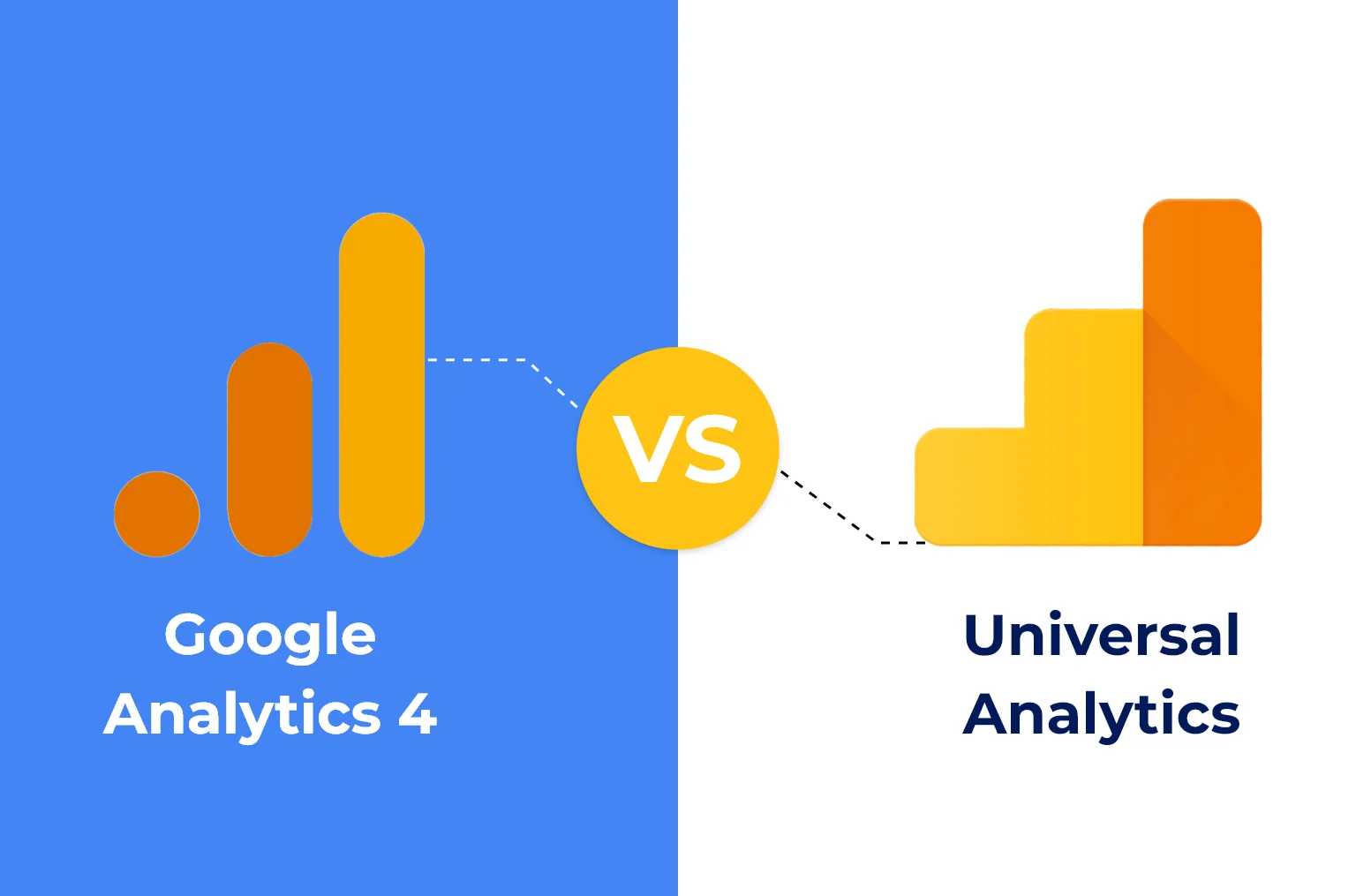
What is an event-based model?
With GA4, you can still view session data, but with a new feature: user interactions on websites and apps are collected and stored as an event data model. In fact, events provide insights into actions performed by users on websites and apps, such as page views, button clicks, user interactions, and system events.
The various information collected by events can provide detailed information about the user actions and provide more context about the event and the user. This information includes information such as the amount of products and services purchased, the titles of the pages visited by web users, and the geographical location of web users.

Benefits of an event-based model
Moving to event-based collection with GA4 will provide greater flexibility and scalability in user interaction data collection, increasing marketing velocity for your business or service.
And when it comes to websites and apps, you can measure a wide variety of increasingly complex user interactions to better understand how users engage with the business and services you offer within each platform. is important.
Event-based data models have the advantage of being able to consistently measure interactions that occur across different devices and platforms, and generating richer insights from the user data collected.

Changes have occurred in the use of ID space
Google Analytics allows you to use identifiers assigned to users who log in to your website to track user behavior on your website.
This identifier includes multiple identifiers such as “user ID, device ID, and Google signal.” Remember, this group of different identifiers assigned to a user is called the “identity space.”
- User ID: Create a unique user ID for users who log in to your website. Based on the user ID you create, you will be able to accurately measure user behavior paths across multiple devices.
- Google Signals: Collects various information about users who are logged in to Google.
The event data actually collected will be linked to the Google account of the Google logged-in user upon user approval for information sharing.
- Device ID: ID of the device used by the user can be collected. The website device ID is obtained from the user’s browser. The app’s device ID is obtained from the app instance ID.
UA has the characteristic that collection and analysis reports are highly dependent on device ID. Some reports and features can use the Google Signals ID space, but the data collected when you enable the User ID feature is reported separately from other collected data, so it is not possible to integrate it with other ID spaces. I can’t. Since the ID spaces utilized by UA function individually in this way, it is difficult to measure user behavior paths across multiple devices or to eliminate user duplication.
GA4 allows you to combine and utilize multiple user ID spaces. This eliminates duplication of users.
These differences indicate that users who only have access to one ID space may be counted as different users each time they access a website across multiple devices. there is. However, leveraging multiple identity spaces eliminates user duplication, provides richer cross-device and cross-platform data and reporting, and significantly improves insights into user journeys.

New features in GA4
GA4 has new features that were not included in UA. Here we will introduce the newly added features.
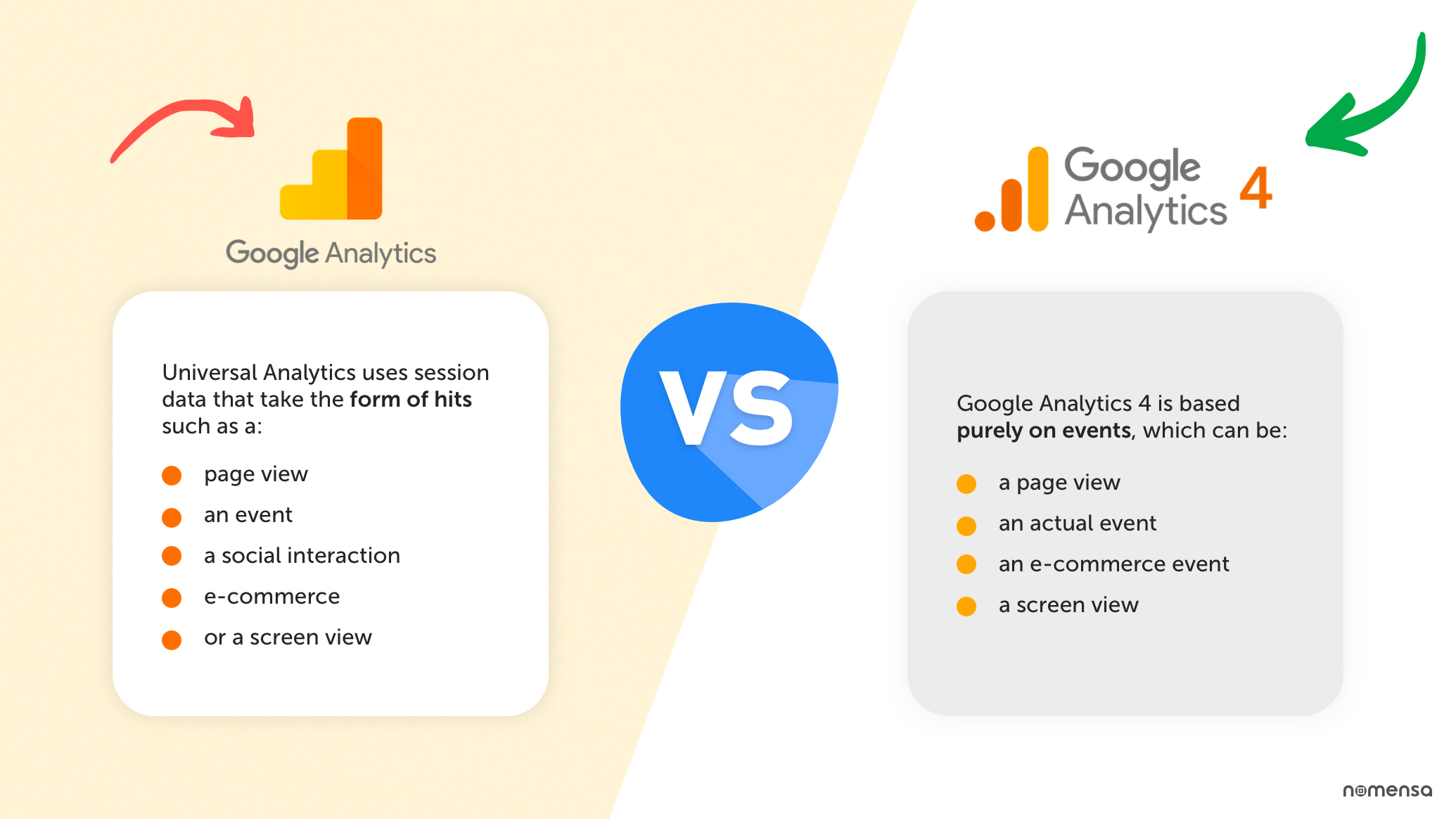
Addition of machine learning functionality
The machine learning functions included in GA4 include:
- Possibility of purchase for site access users
- Possibility of site access users leaving
- Revenue forecast
The above three predictions are possible.
Another big point is that it has an automatic insight function. There is a mechanism in place to automatically notify you on the dashboard within GA4 when an abnormal change is collected in the aggregated data or when an unexpected data trend occurs.
Among the existing users for which we have data, we identify users who are “likely to leave,” “likely to make a purchase,” “likely to make a first-time purchase,” and “have a high spending amount.” Behavior prediction becomes possible.
The introduction of machine learning in this way is backed by the tightening of global regulations regarding
cookies
in data collection from the perspective of privacy protection. Reliance on cookies has a variety of implications for accurate data collection. Newly implemented machine learning can be very effective in supplementing missing data and collecting more accurate data.
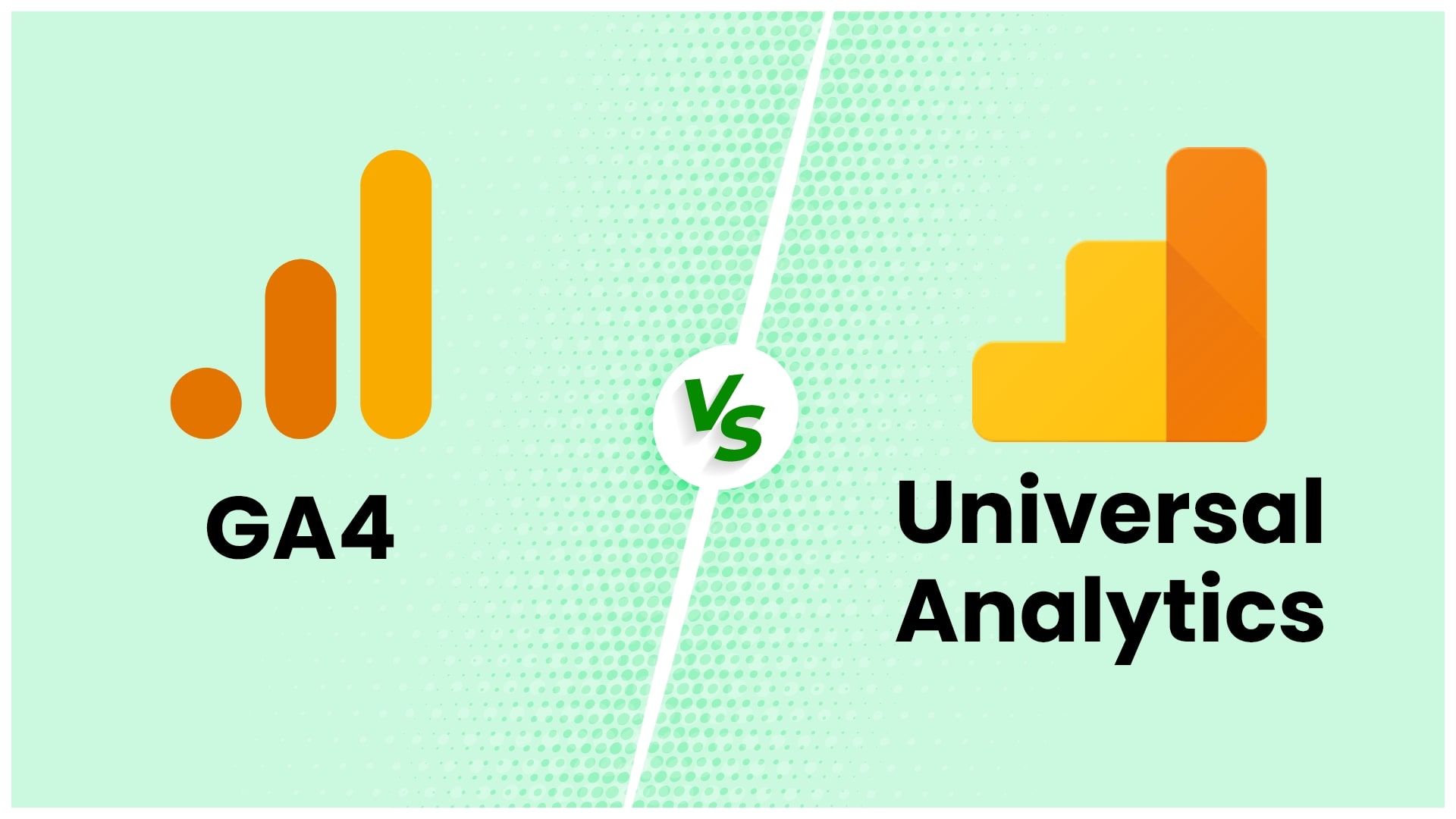
Measuring data across websites and apps
GA4 introduced “data streams”. This makes it possible to measure data across websites and apps.
In previous UA, data was collected separately using separate properties to measure websites and apps, making it difficult to measure across properties, but this has been improved in GA4. To actually manage data for a website, add a new measurement ID to the website using either Google Tag Manager (GTM) or Global Site Tag (gtag.js).
For data management of “iOS/Android”, “Firebase SDK” is linked with GA4.
Data measurement using BigQuery
BigQuery is a big data-related function provided by Google Cloud Platform. Previously, when using BigQuery, you had to use Google Analytics 360, a paid version of Google Analytics, and there were cases where you would incur costs if you wanted to perform detailed analysis. .
However, with GA4, you can use BigQuery without incurring any costs.
The ability to output data to BigQuery expands the possibility of obtaining detailed insights that were previously unavailable based on the data collected with GA4.

Summary: Take advantage of the multifunctional GA4
We found that GA4 has new functions that were not implemented in UA, allowing for more detailed analysis and collection of user behavior data on websites and apps.
New functions will continue to be added to GA4 in the future, and its value in the analysis and analysis fields is expected to attract attention. It is important for companies and marketers who develop businesses and services to deepen their understanding of GA4 as soon as possible and prepare for future market changes.

